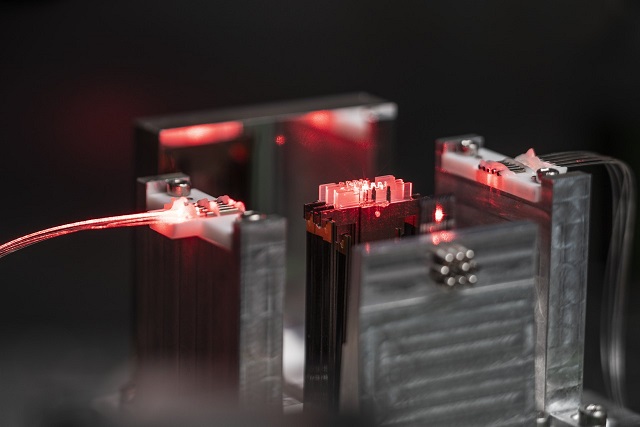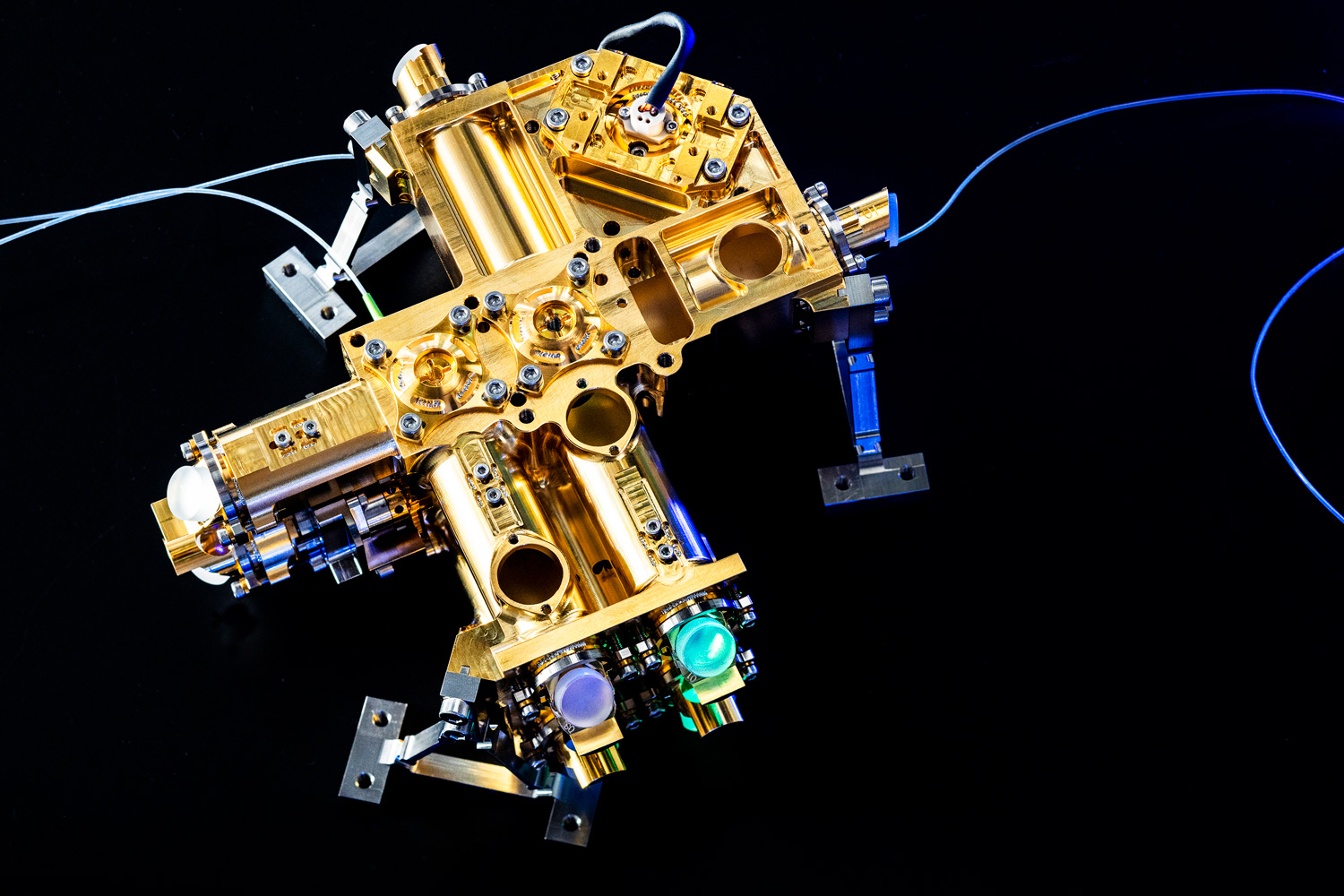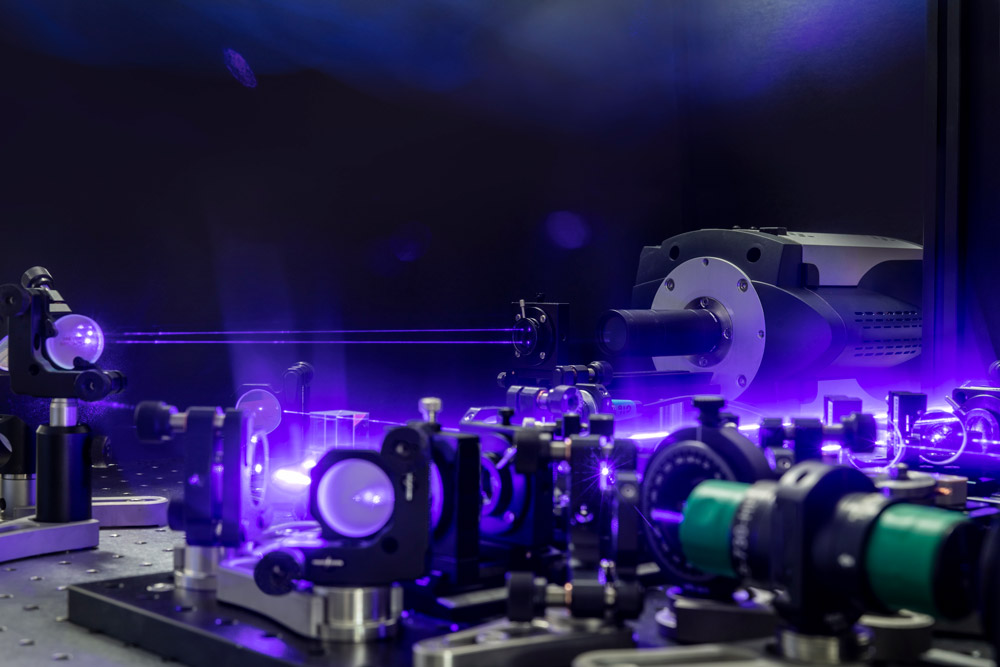With an economic stimulus and future technologies package of 1.1 billion euros, the German Federal Ministry of Education and Research (BMBF) intends to expand and promote the development of quantum technologies in Germany over the next five years. The goal is to significantly advance German quantum research and industry in order to take a leading position in global competitiveness. On May 11, 2021, Anja Karliczek, German Federal Minister of Education and Research, announced the launch of the program.
Program of the BMBF promotes applied quantum research in Germany
Fields of application for quantum technologies
The German government sees a strong potential of application in the following three areas in particular: quantum computing, quantum communication, and quantum sensing.
The focus of quantum computing is the development of the first quantum computer “Made in Germany”. A demonstrator is to be completed as early as the next one to two years, according to Andreas Tünnermann, director of Fraunhofer IOF. Researchers at Fraunhofer IOF are already working on laser addressing optics for the quantum computer. Such photonic elements can be used to manipulate ions to make them suitable for qubit generation. A quantum computer can significantly exceed the computing capacity of any classical computer known today.
A lighthouse project in the field of quantum communication is the BMBF initiative “QuNet”, which deals with new possibilities for tap-proof communication. Together, the research societies involved in the project - the Max Planck Society, the Fraunhofer Society and the German Aerospace Center - have already developed important foundations for modern and secure communication standards. Fraunhofer IOF is responsible for the development of technologies that enable quantum-based communication over short and medium distances.
In addition, the technical mastery of quantum effects has opened up new potential applications in quantum sensing and imaging. For example, in the medical field, quantum imaging will make it possible to observe light-sensitive samples over long periods of time at high resolution without damaging or destroying cells. Researchers at Fraunhofer IOF are working to extend the usable wavelengths for quantum microscopy to infrared and UV ranges.
Germany as a leading nation in quantum technologies
The BMBF funding program is intended to position Germany at the international forefront in the future field of quantum technologies in the long term. “This is how we want to ensure that the development and application of quantum technologies in Germany and in the European Union lead to more high technology, more technological sovereignty and thus more prosperity," said Anja Karliczek.


